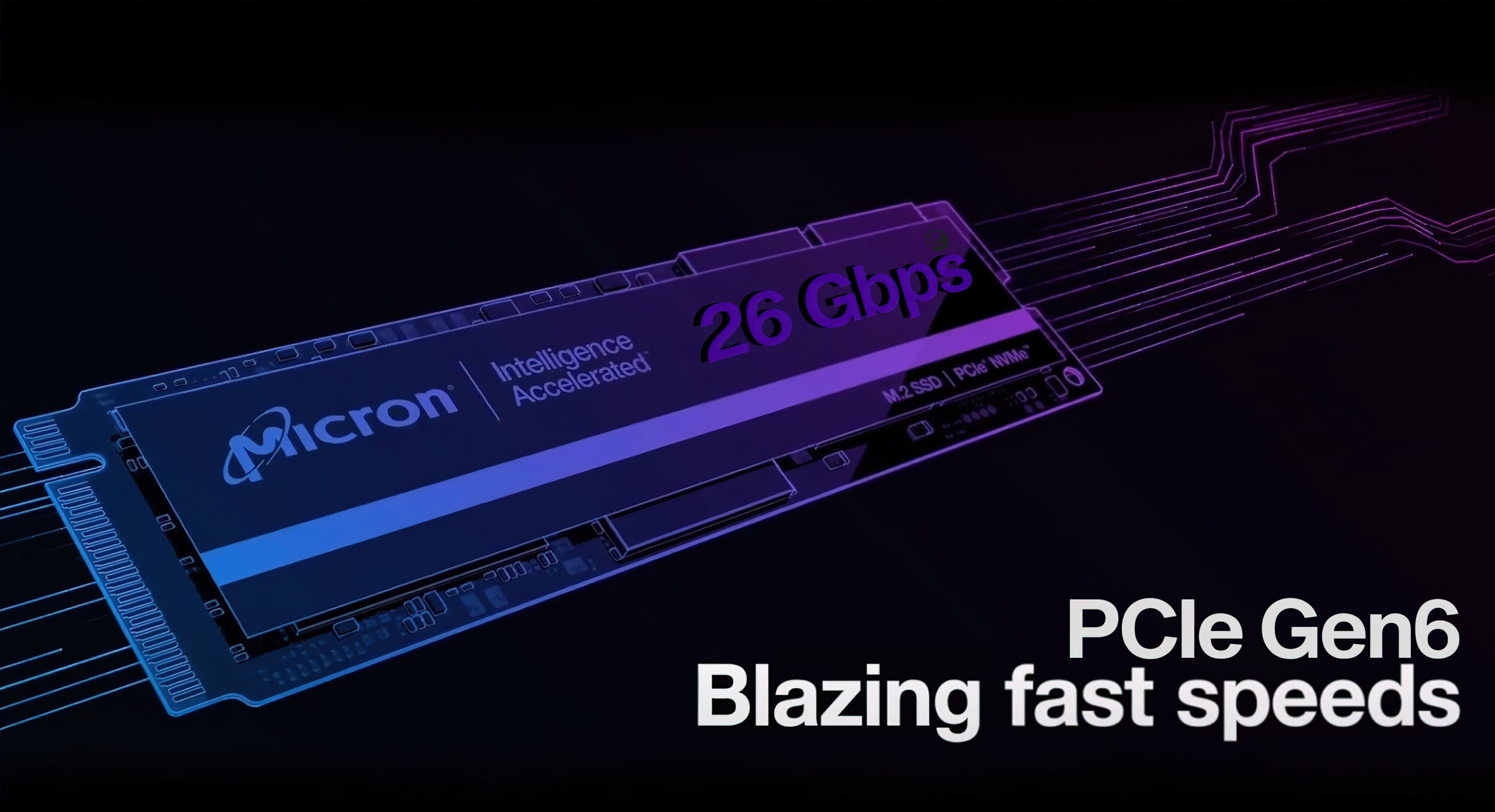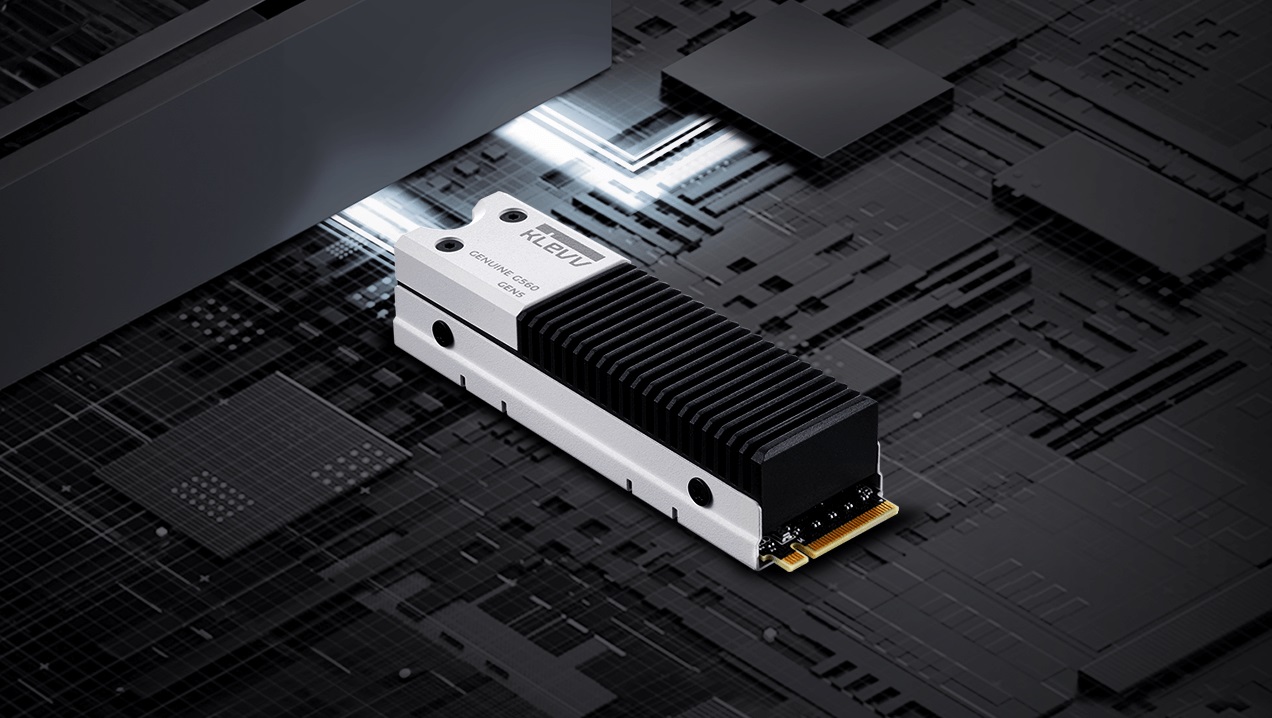The PCIe 5.0 SSDs will stay on the market for quite a good amount of time, at least for the consumer market. The CEO of Silicon Motion disclosed the real reasons for PCIe 6.0 not being in demand.
Silicon Motion Confirms PCIe 6.0 SSDs Won’t Arrive Until 2030 as PCIe 5.0 SSDs are Sufficient for the Current Consumer Market
It should be no surprise to hear that PCIe 5.0 SSDs will have a long lifespan in the market, not just because they’re newer and faster, but also because there is no need for faster drives. The PCIe 5.0 standard has almost doubled the transfer speeds compared to PCIe 4.0, and the mainstream consumer market hasn’t transitioned properly to the new standard yet.
It will take a couple of years before we see the new standard becoming common in the market, as there is hardly any significant impact between the two that could benefit users. This is what the CEO of Silicon Motion, Wallace Kou, thinks as well, as reported by Tom’s Hardware. As per Kou, PC OEMs have no interest in PCIe 6.0 at the moment, and neither AMD nor Intel even wants to talk about it.

Since PCIe 5.0 is doing quite well and SMI is already the leading player in the industry, it doesn’t feel the need to prepare the PCIe 6.0 SSD controllers. Kou says that there is already reduced competition for PCIe 5.0 as it costs way more than manufacturing PCIe 4.0 controllers. A single tape-out cost can be twice compared of manufacturing PCIe 4.0 SSDs, if you include the IP and mask costs of the PCIe 5.0 SSD.
Going from PCIe 5.0 to Gen 6.0 can result in even a higher manufacturing cost, with Gen 6.0 SSD controllers being 25 to 30% more expensive than the Gen 5.0 controllers. The PCIe 6.0 controller will boast 16 NAND channels and will be made using a 4nm process node. This is why the cost can be as high as $30-$40 million dollars for a single tape-out compared to just $16-$20 million dollars for PCIe 5.0.

The earliest one can expect the PCIe 6.0 SSDs is late 2027 or 2028, but only for the enterprise market, especially due to NVIDIA’s plan to release Rubin in late 2026. However, for the mainstream consumer market, PCIe 6.0 doesn’t make any sense right now. Most PC owners don’t have the latest PCIe Gen 5.0-compatible platform, and even those who do, don’t see much of a difference when transitioning from Gen 4.0 SSDs.
Adapting to the newer PCIe 6.0 standard will only increase the cost of the systems, and we already have more expensive motherboards due to the adaptation of the PCIe Gen 5.0 interface. That said, it’s expected that the PCIe 5.0 SSDs will reign for at least the next five years without any problems.
